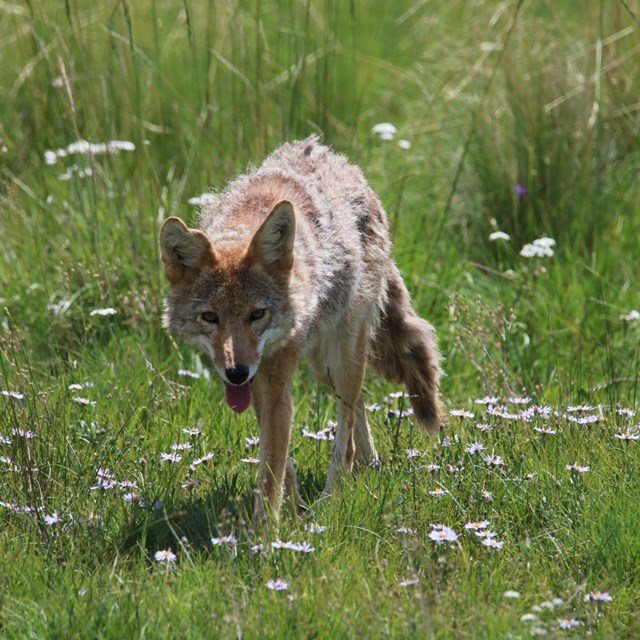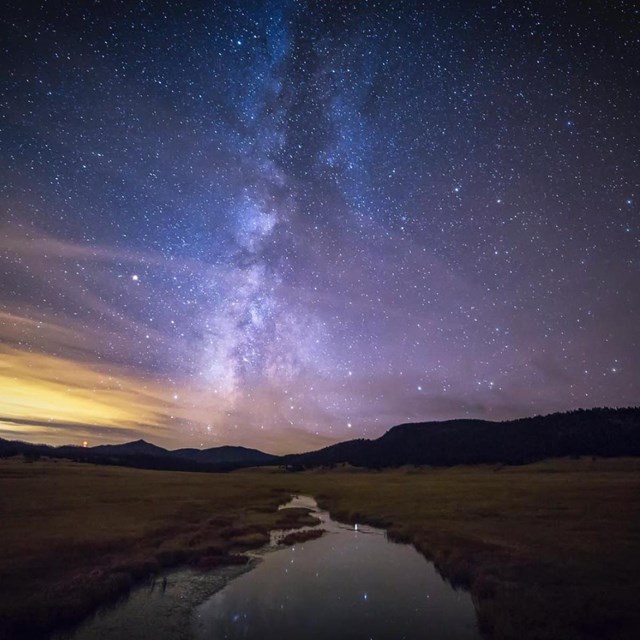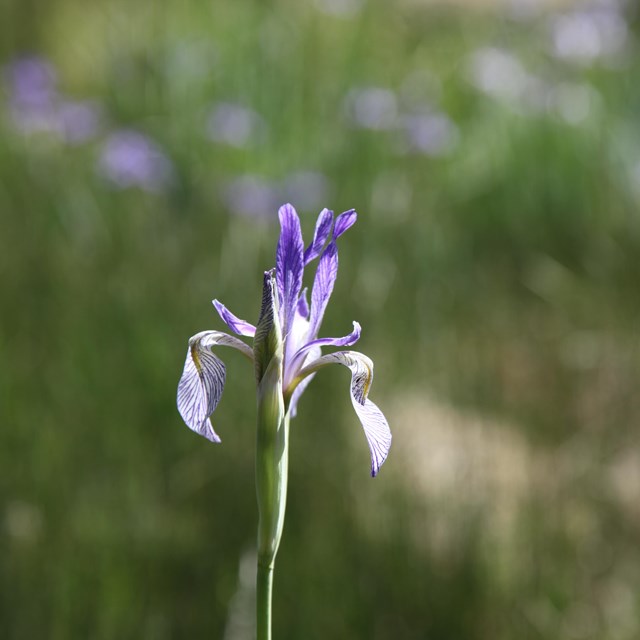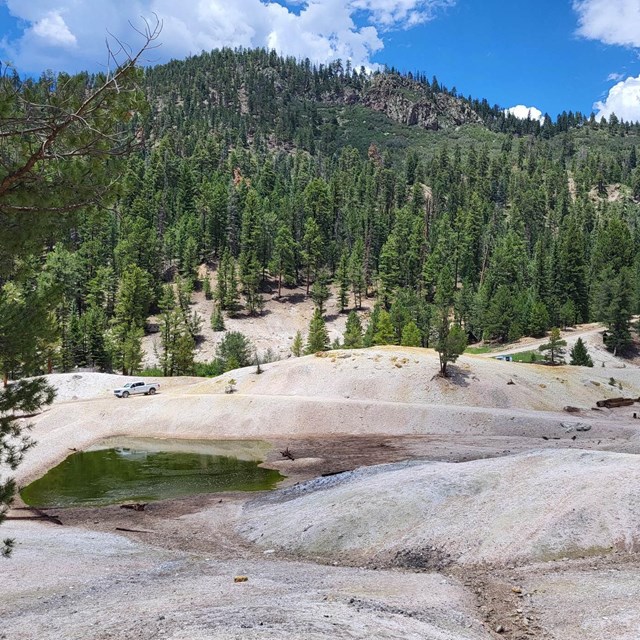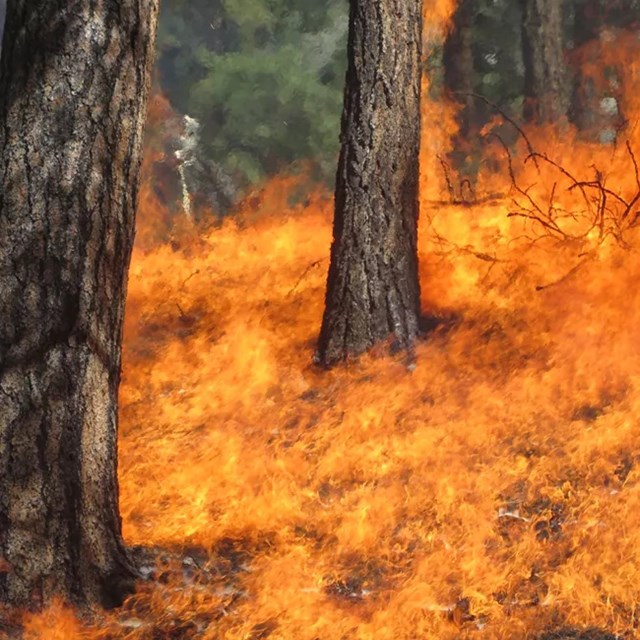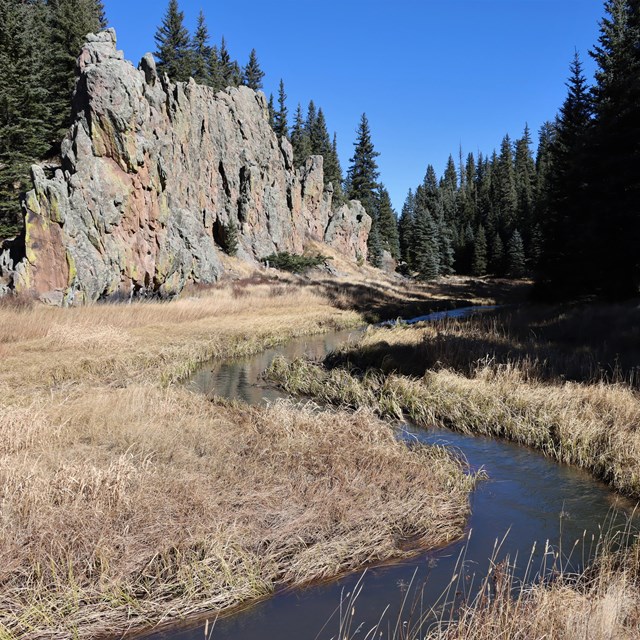|
Located in the Jemez Mountains of north central New Mexico, Valles Caldera National Preserve protects, preserves, and restores ecosystems and cultural landscapes within an outstanding example of a volcanic caldera for the purpose of education, scientific research, public enjoyment and use, and cultural continuity. Discover Nature at Valles Caldera
An Ecosystem in RecoveryThe preserve offers a landscape in which to explore the dynamics of high-elevation ecosystem stability and resilience in the context of changing climate conditions. Although the natural beauty of the caldera has persisted, the land-use practices of the 19th and 20th centuries, including overgrazing, clear-cut logging, and road building, have left a legacy of unhealthy forests, riparian damage, degraded wetlands, and reduced stream function. Numerous wildlife species were extirpated from the area as well. Today’s approach to ecological restoration builds on the lessons learned from this history and seeks to regain balance between human uses and natural processes. The preserve is an ecosystem in recovery. Major wildfires in 2011 and 2013 burned 60% of the preserve, and today the contrast in recently burned areas between old-growth forest and dense, second-growth forests provides a compelling demonstration of the value of landscape restoration to promote biotic integrity and biodiversity, while improving watershed function and reducing the potential for future catastrophic wildfires. 

Left image
Right image
|
Last updated: May 23, 2025

